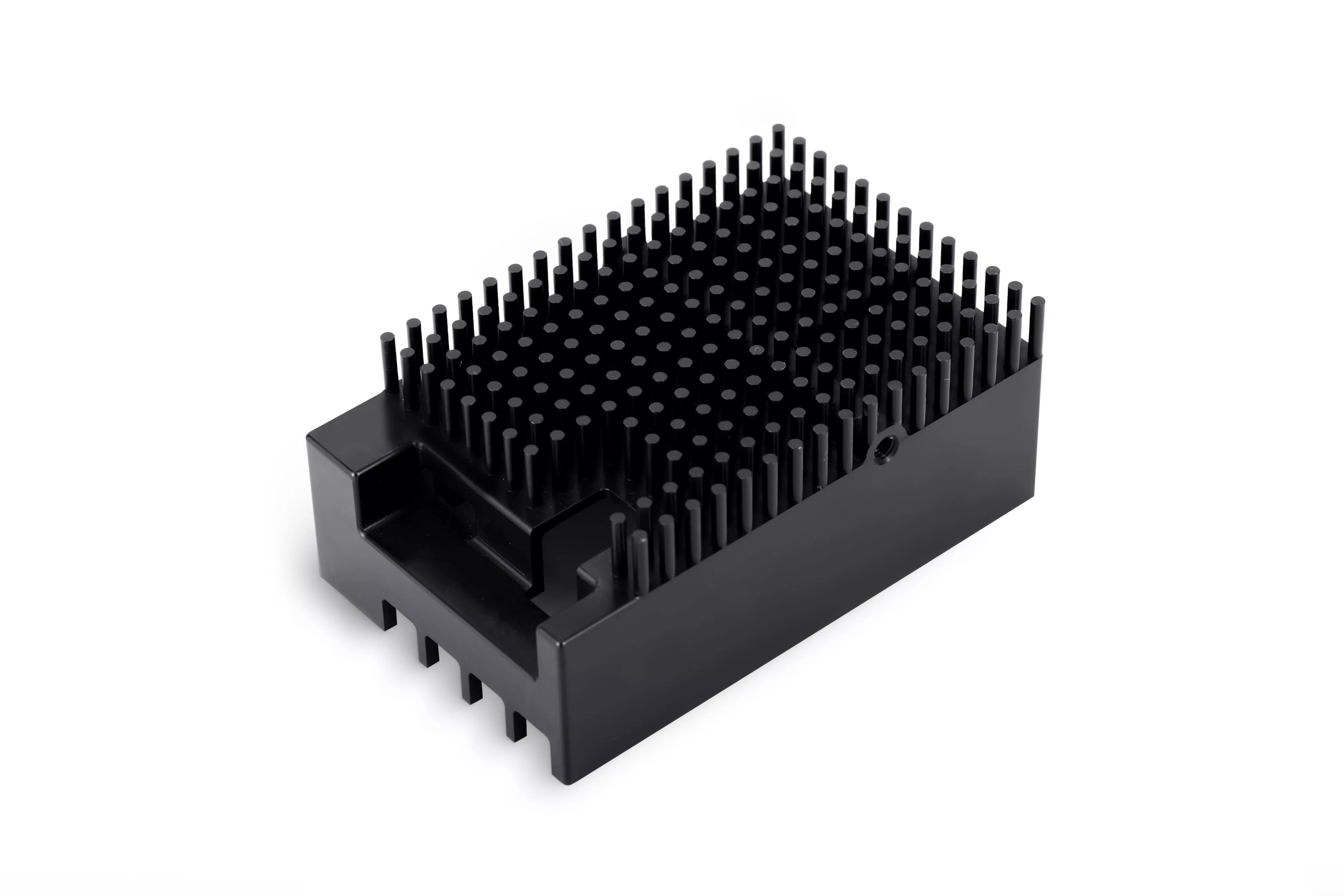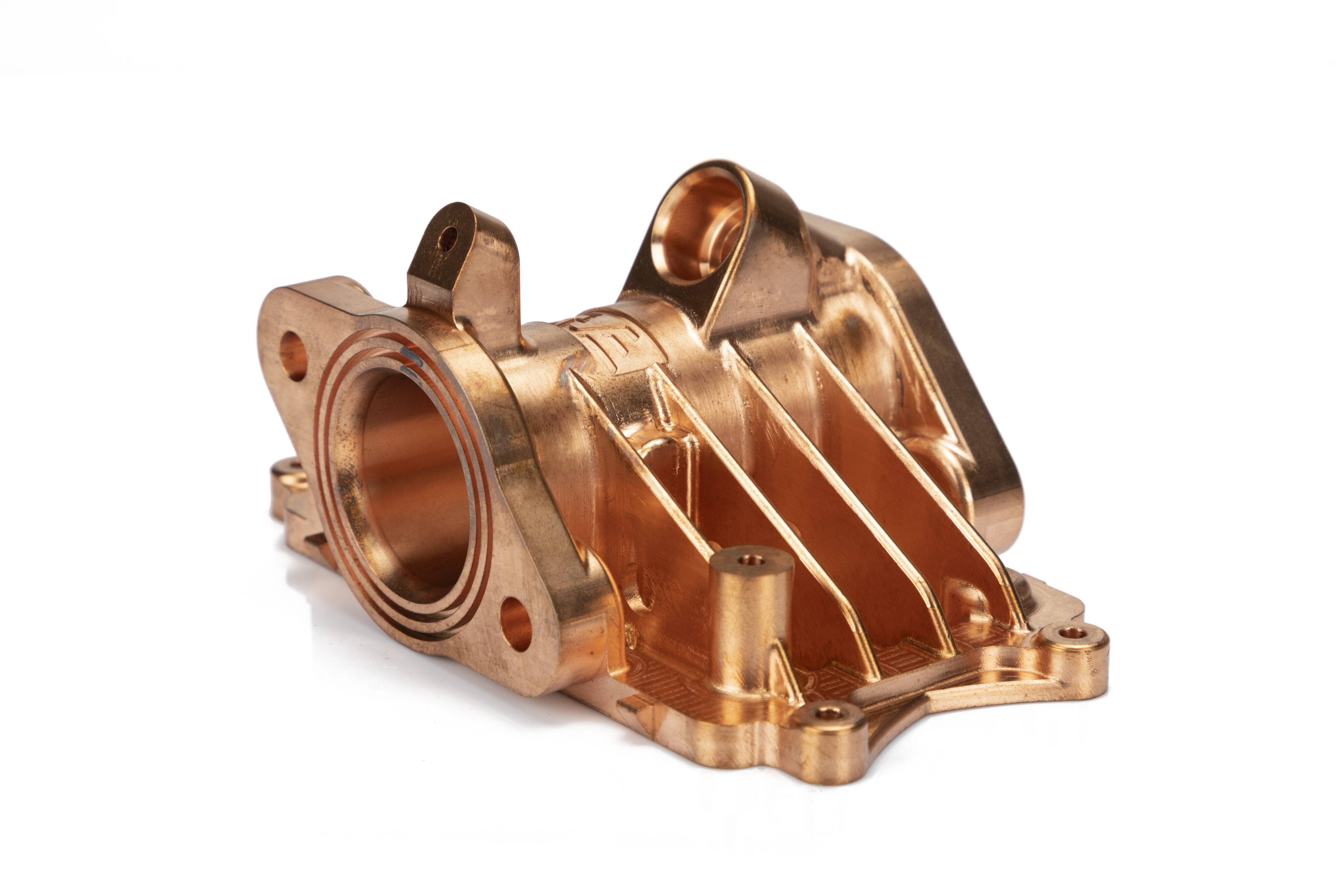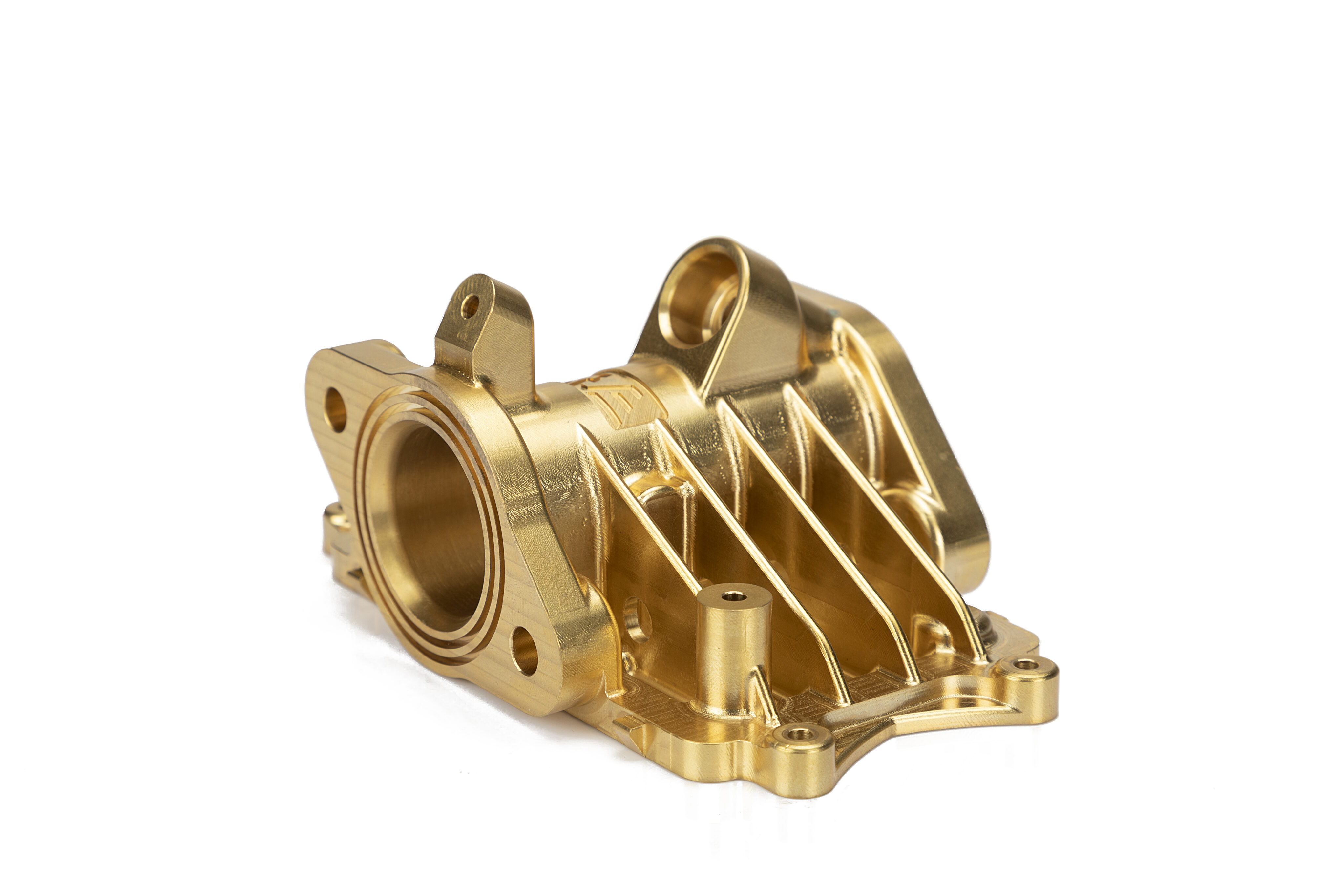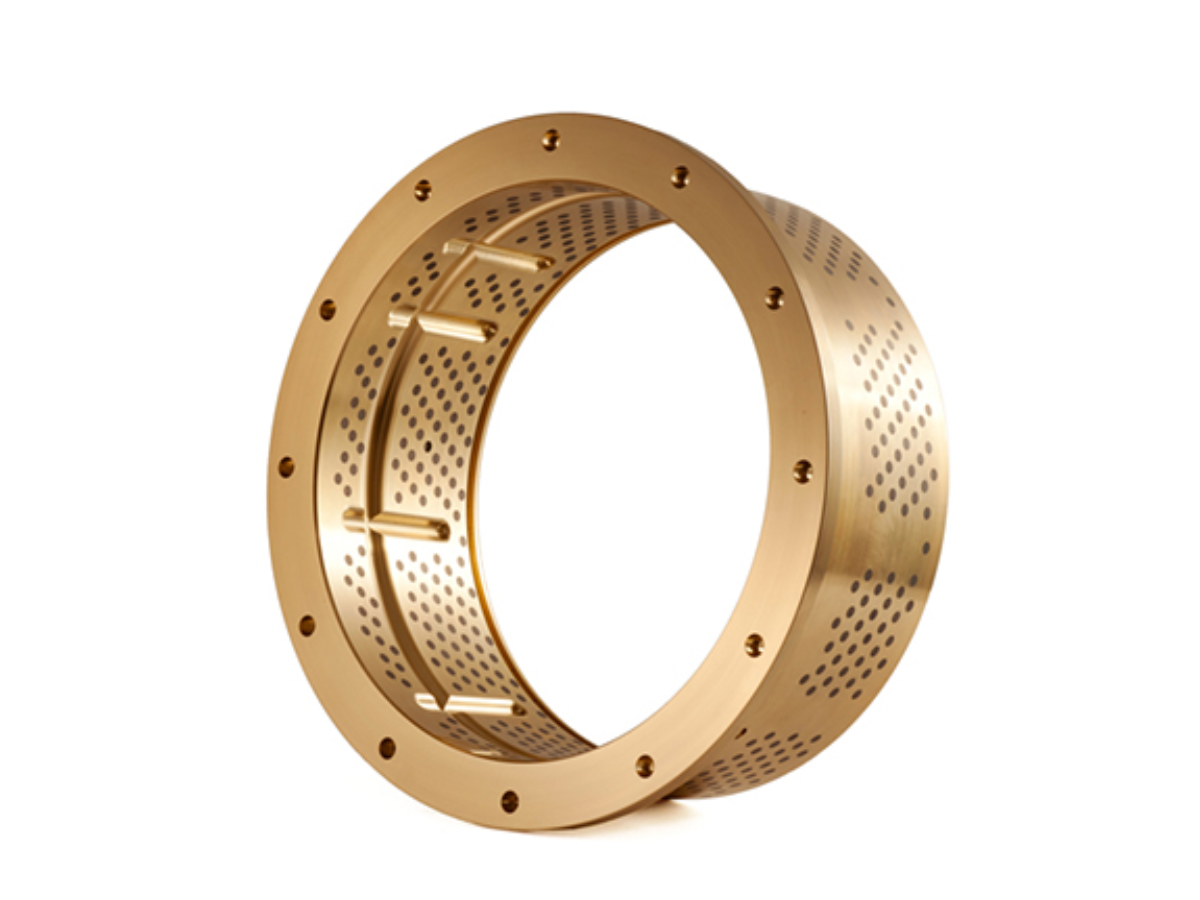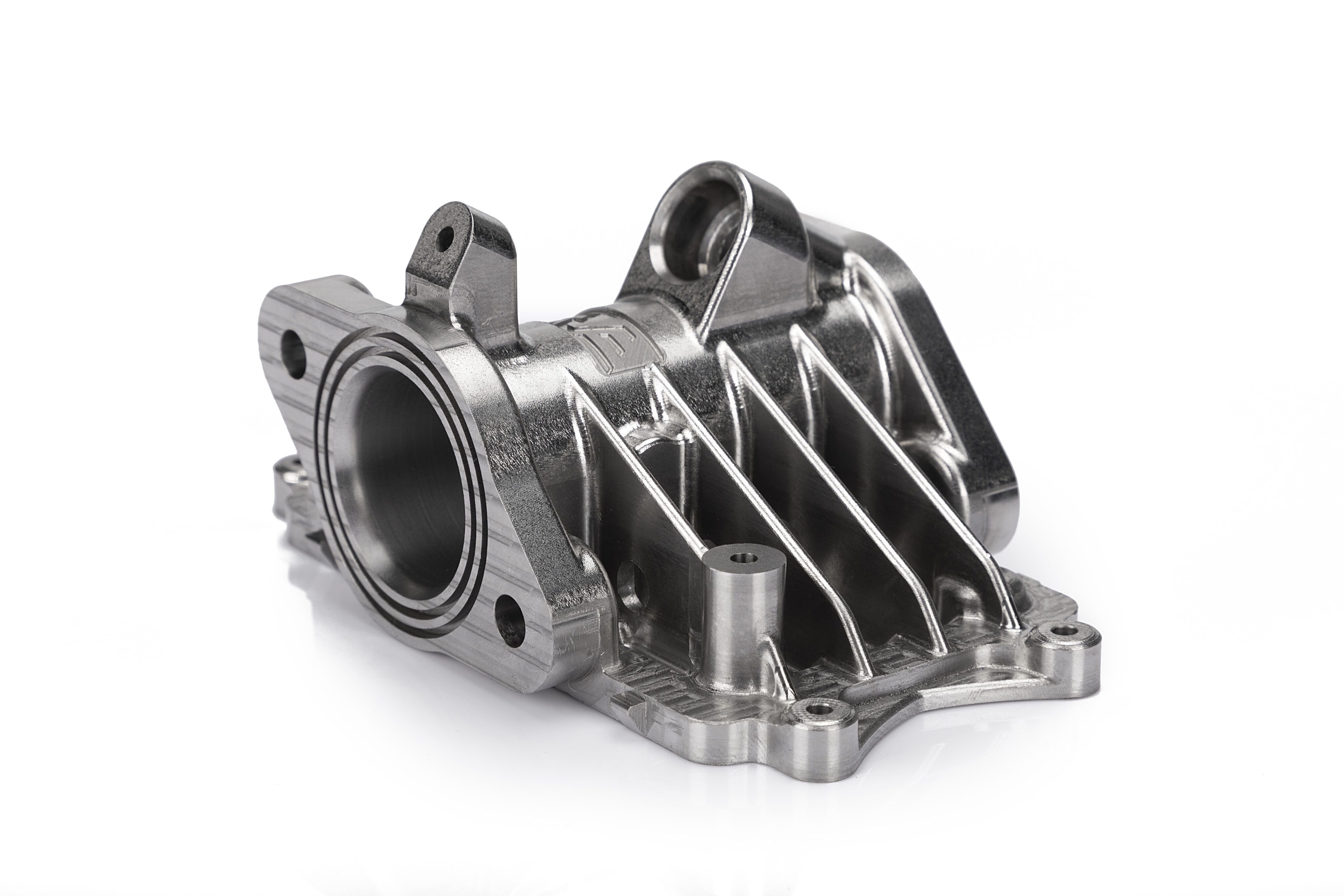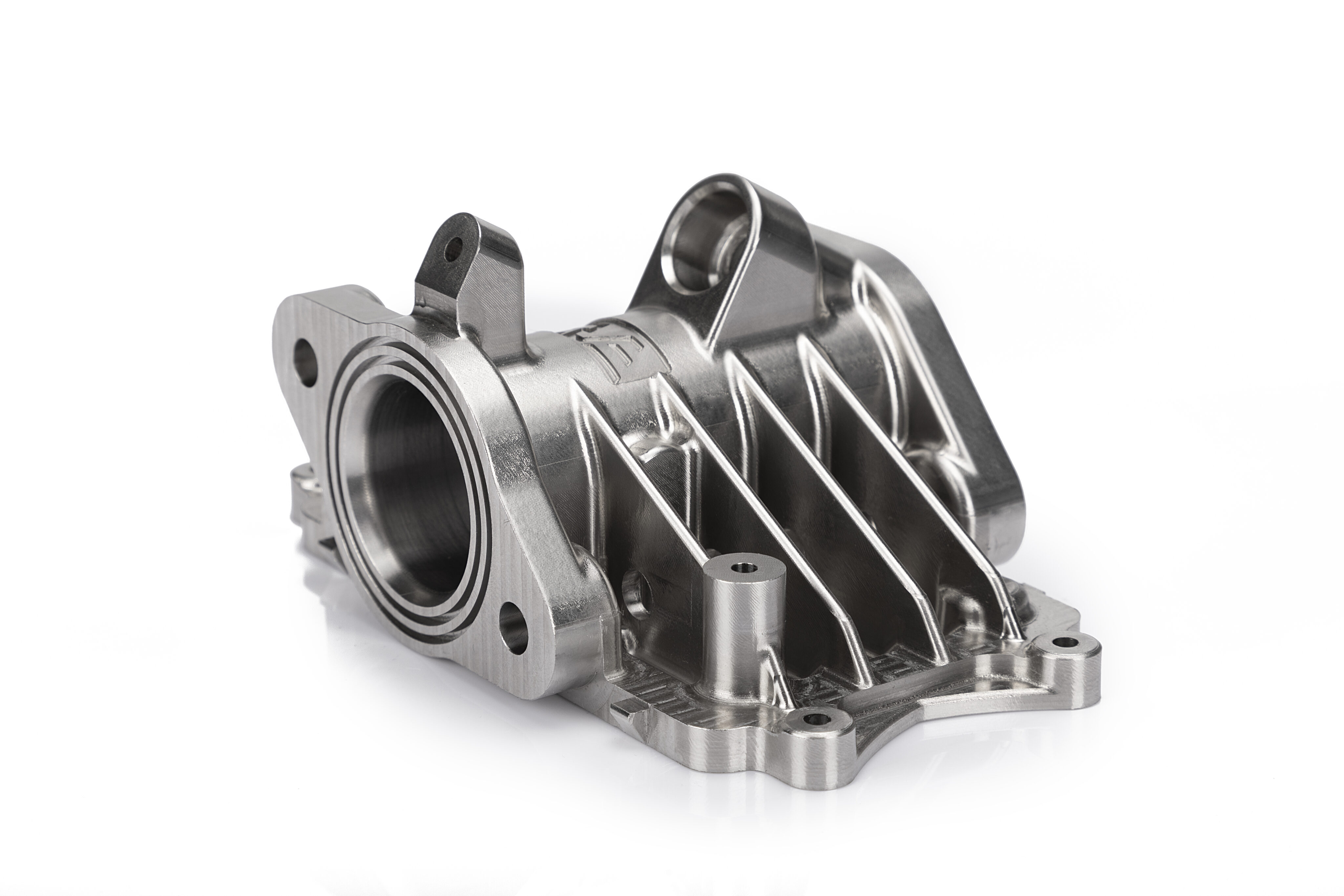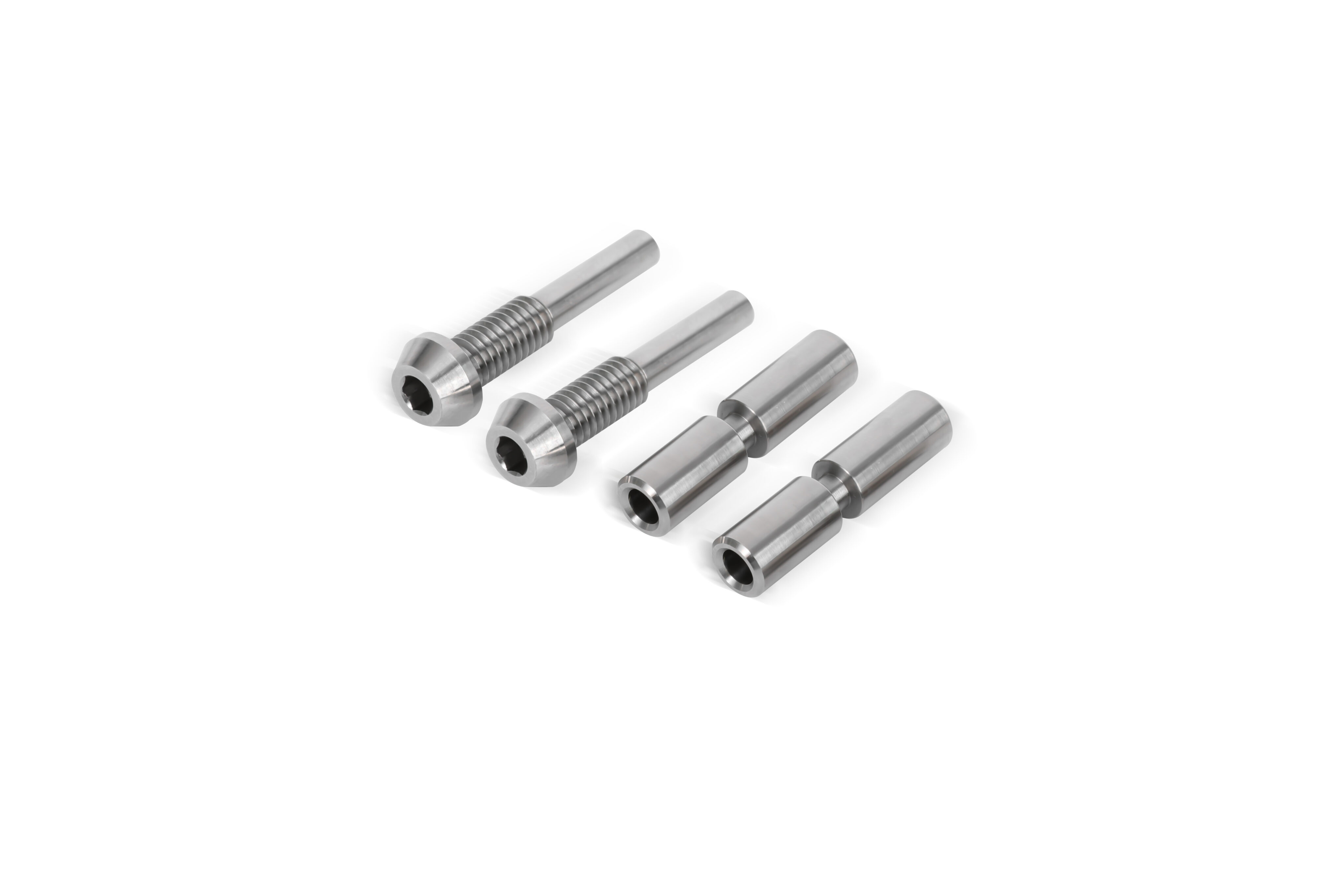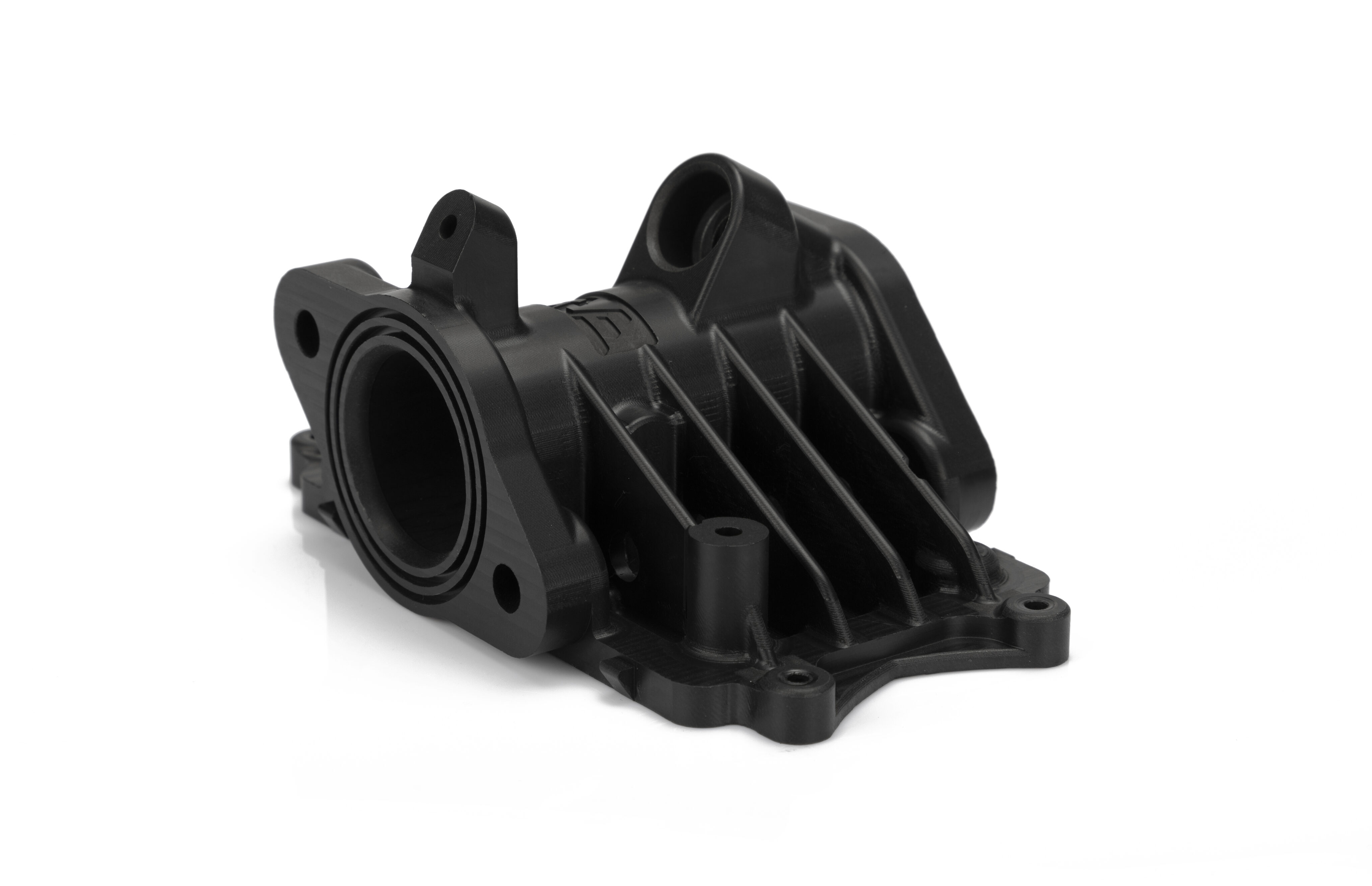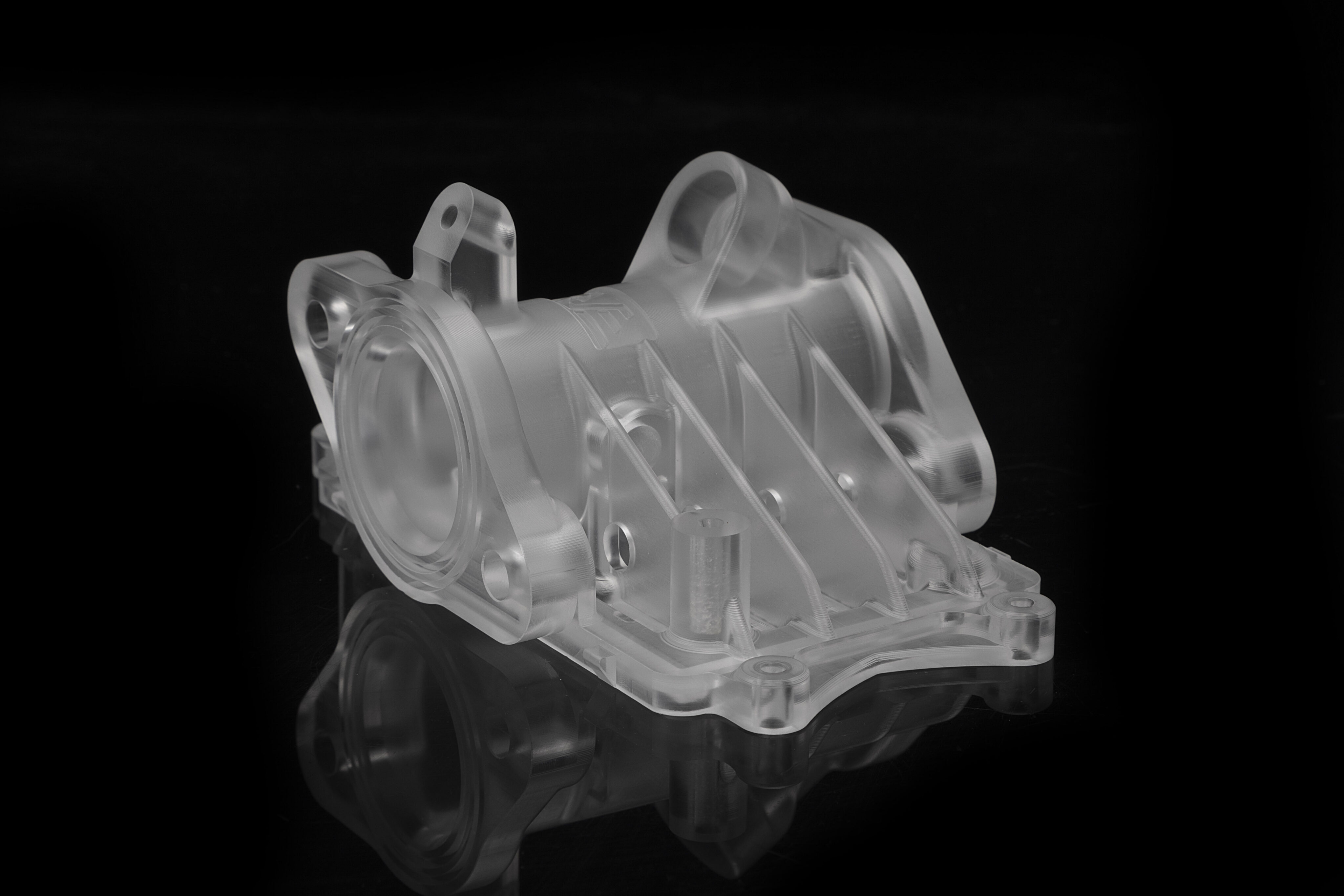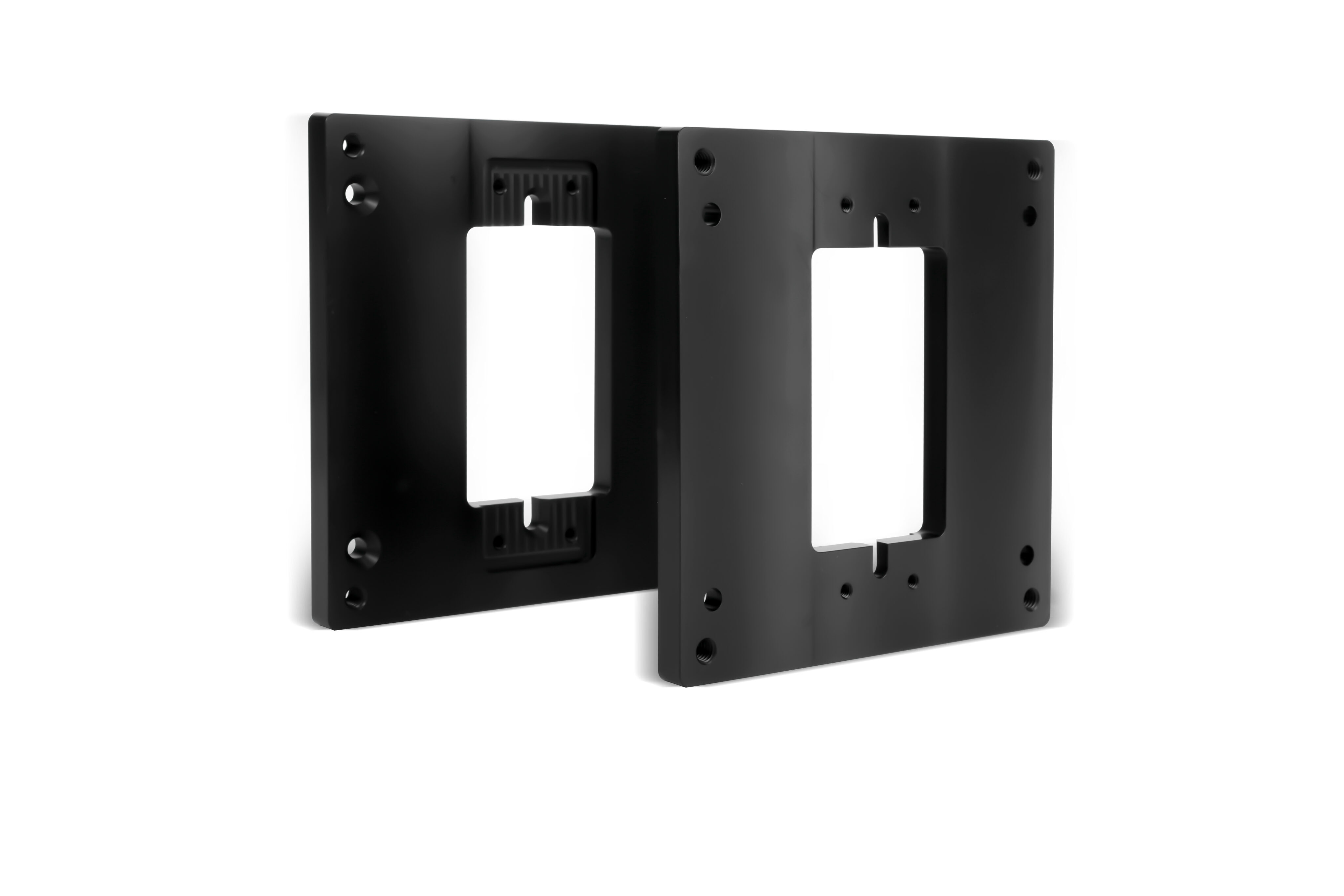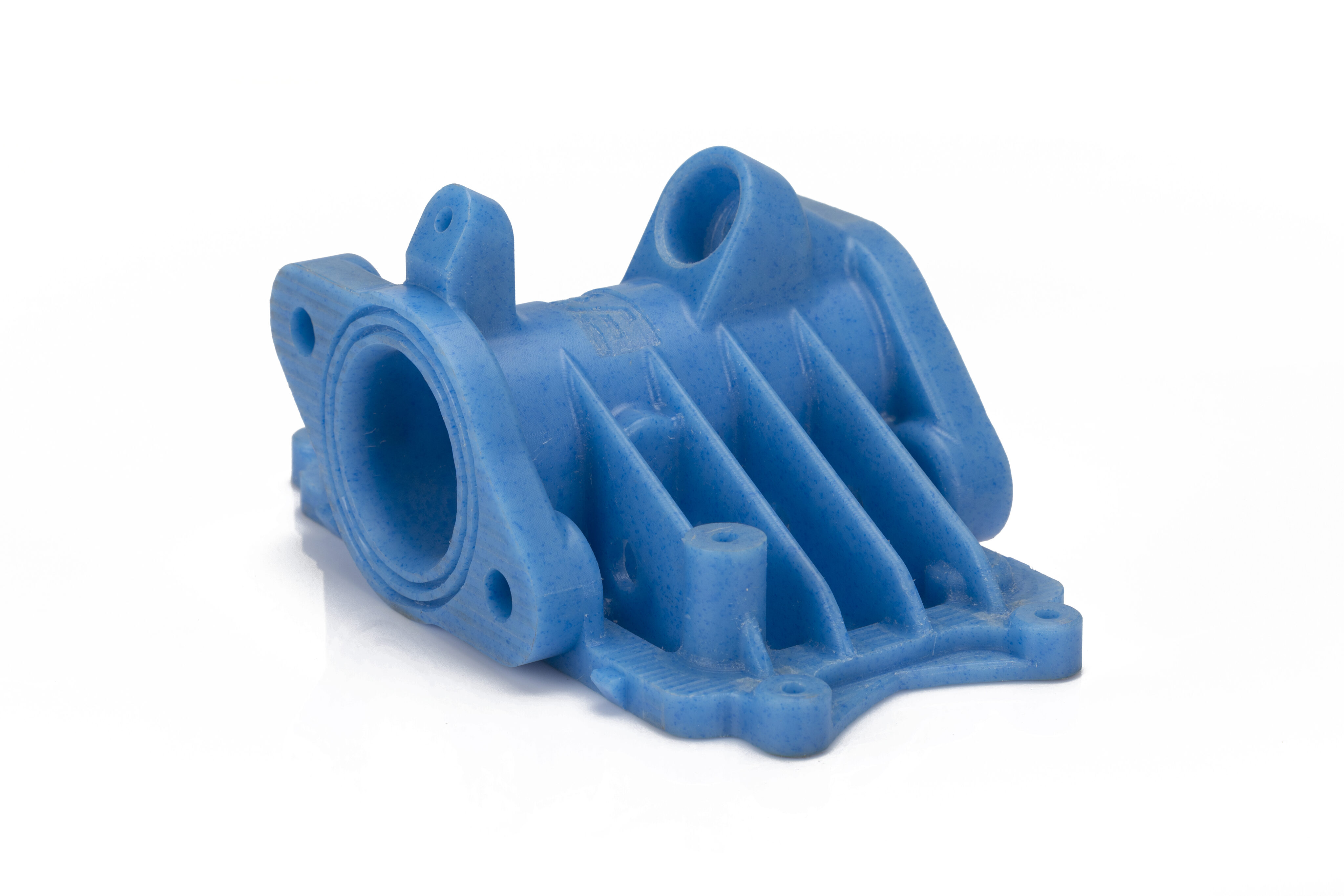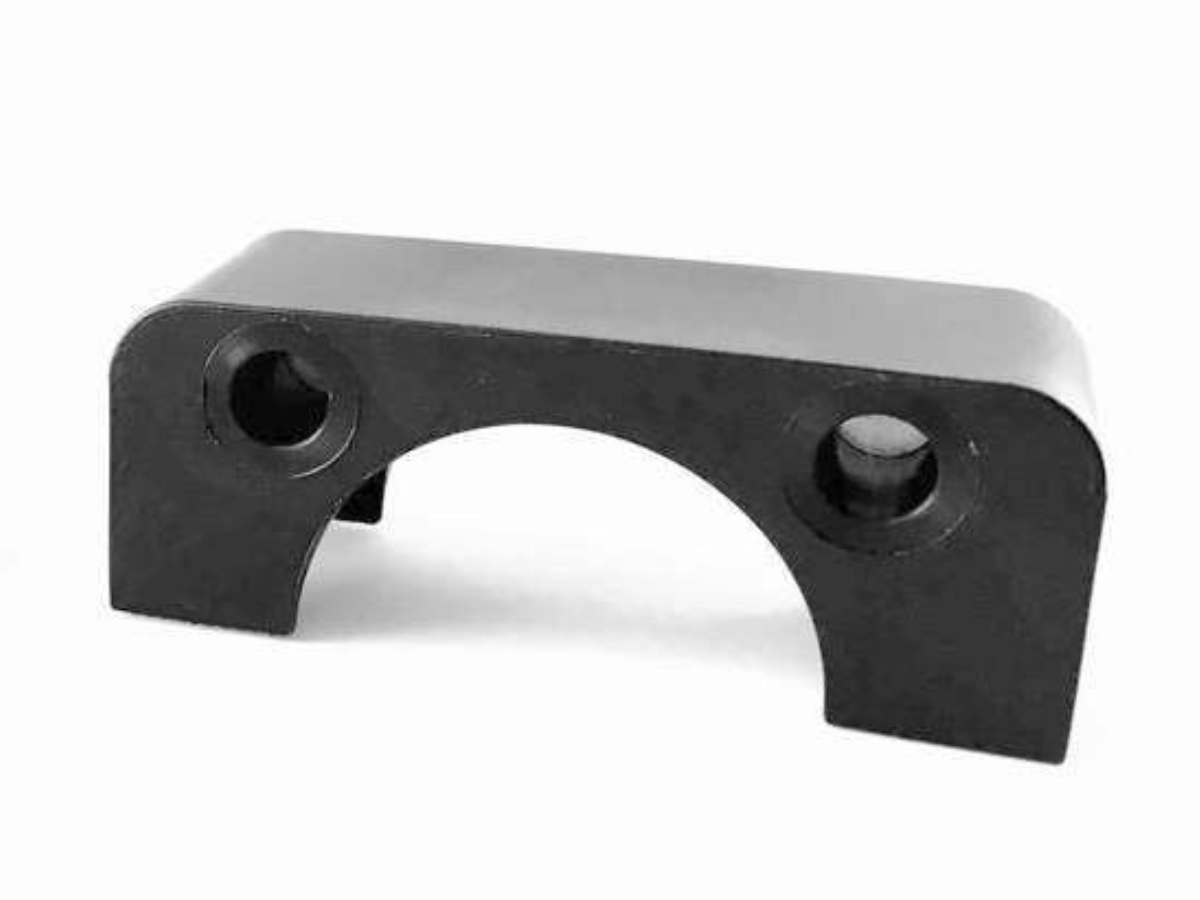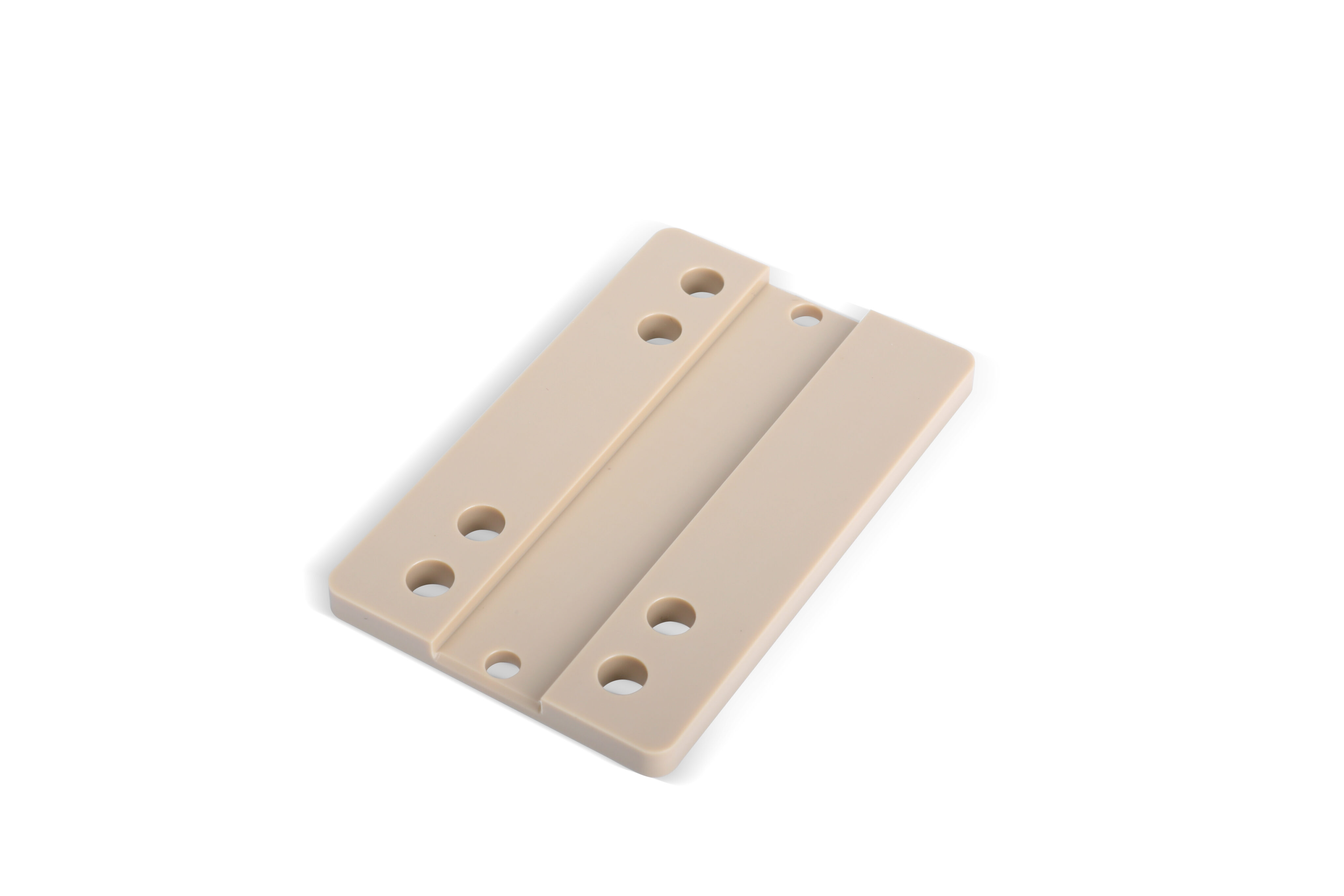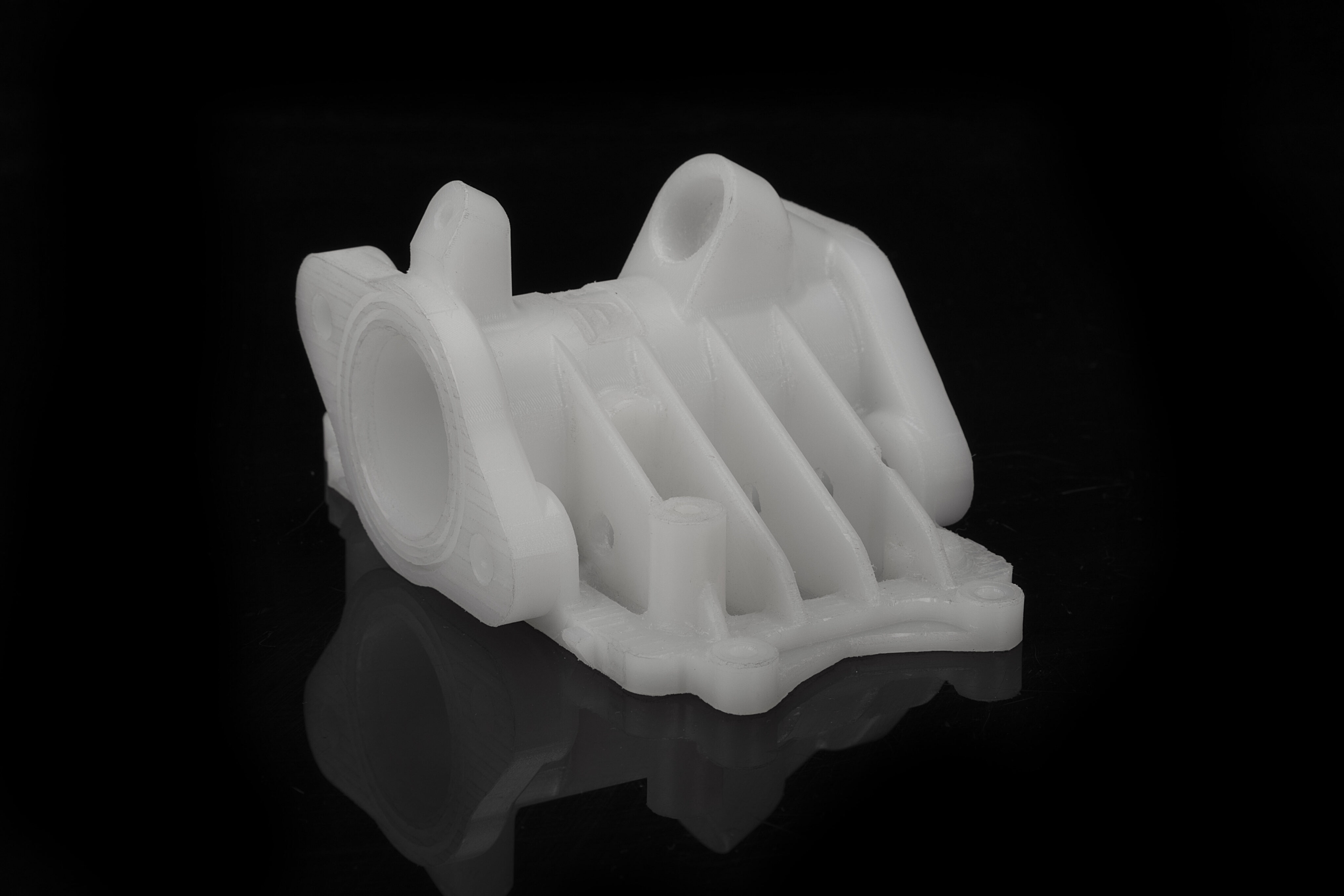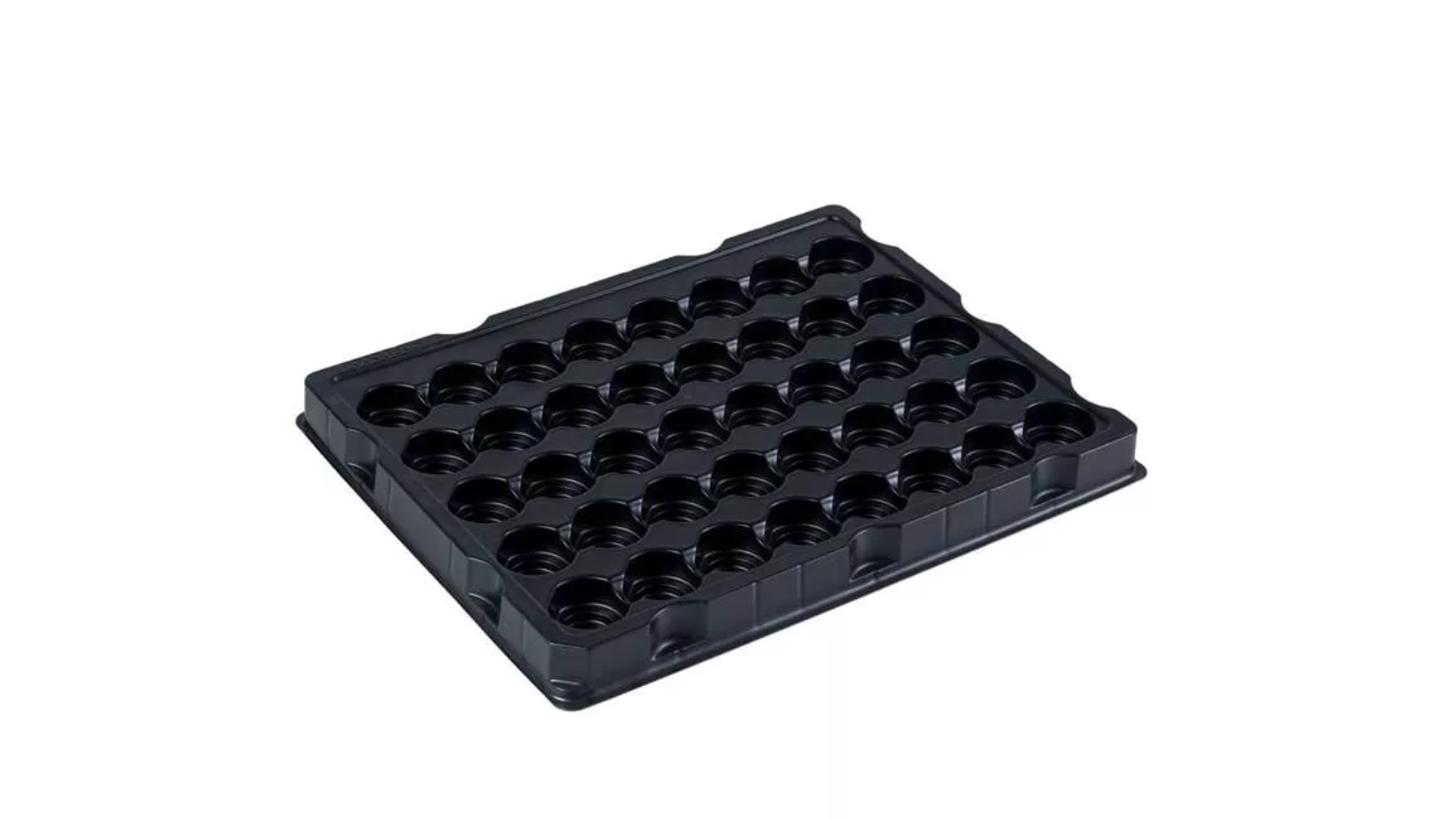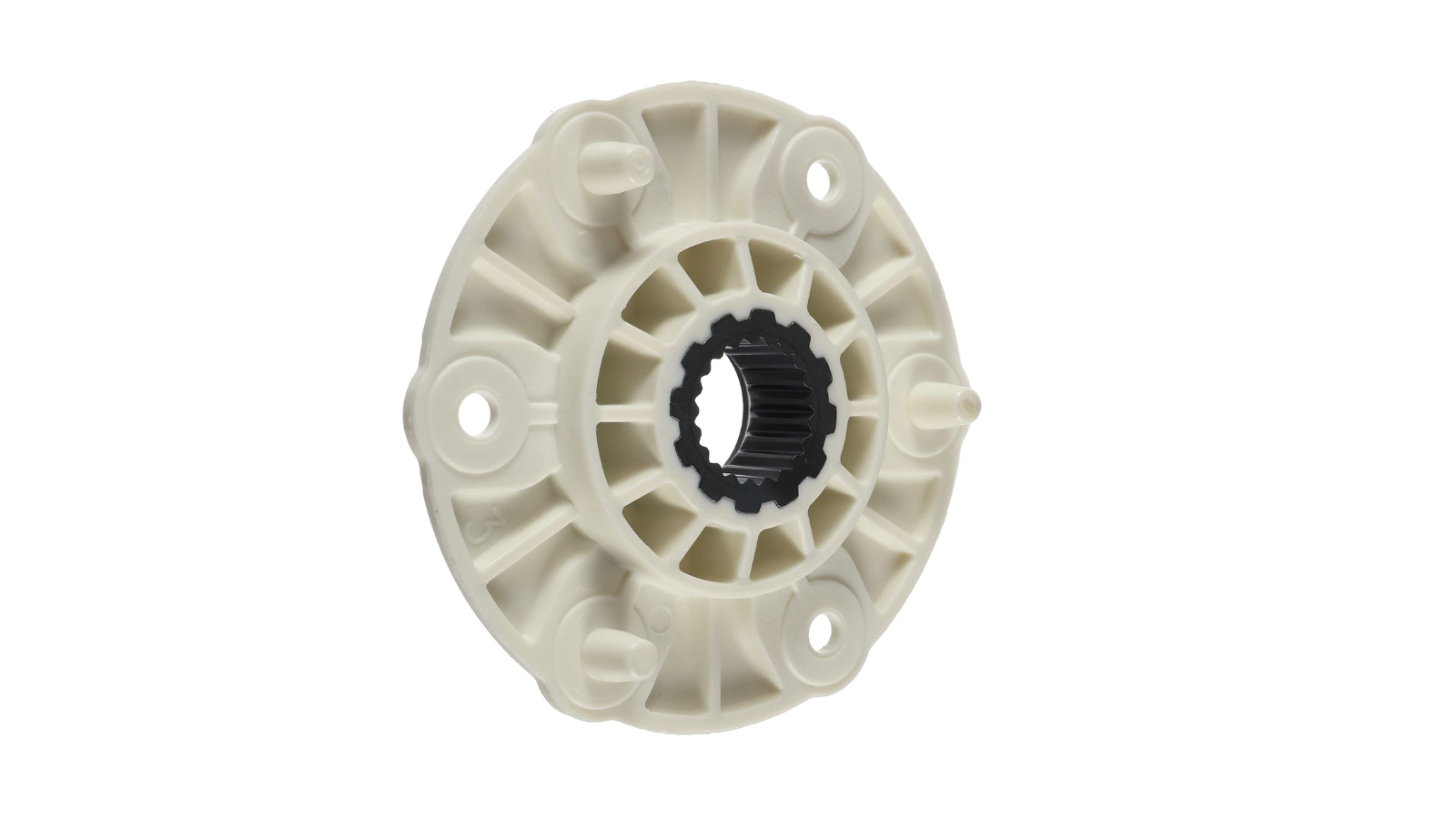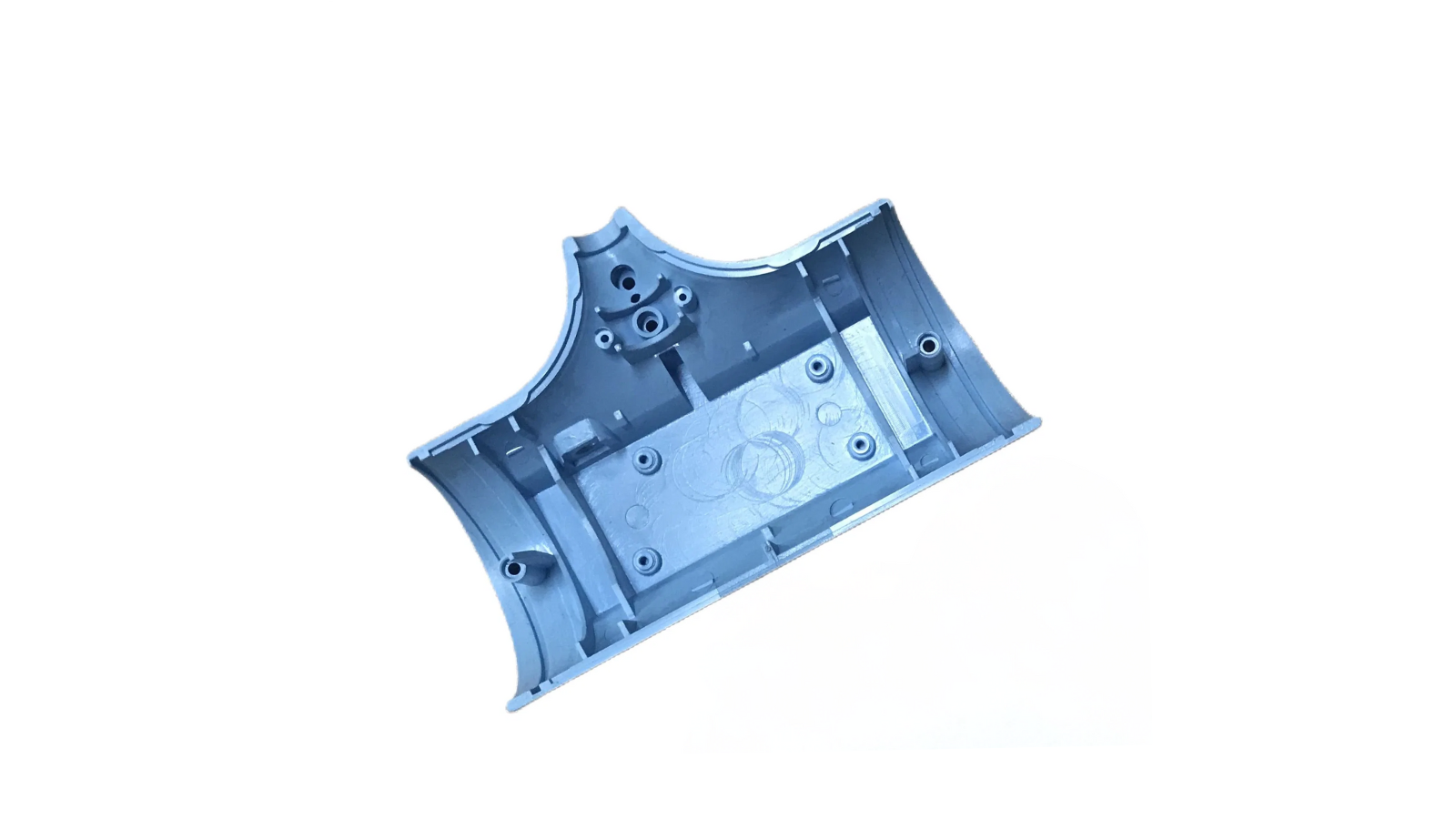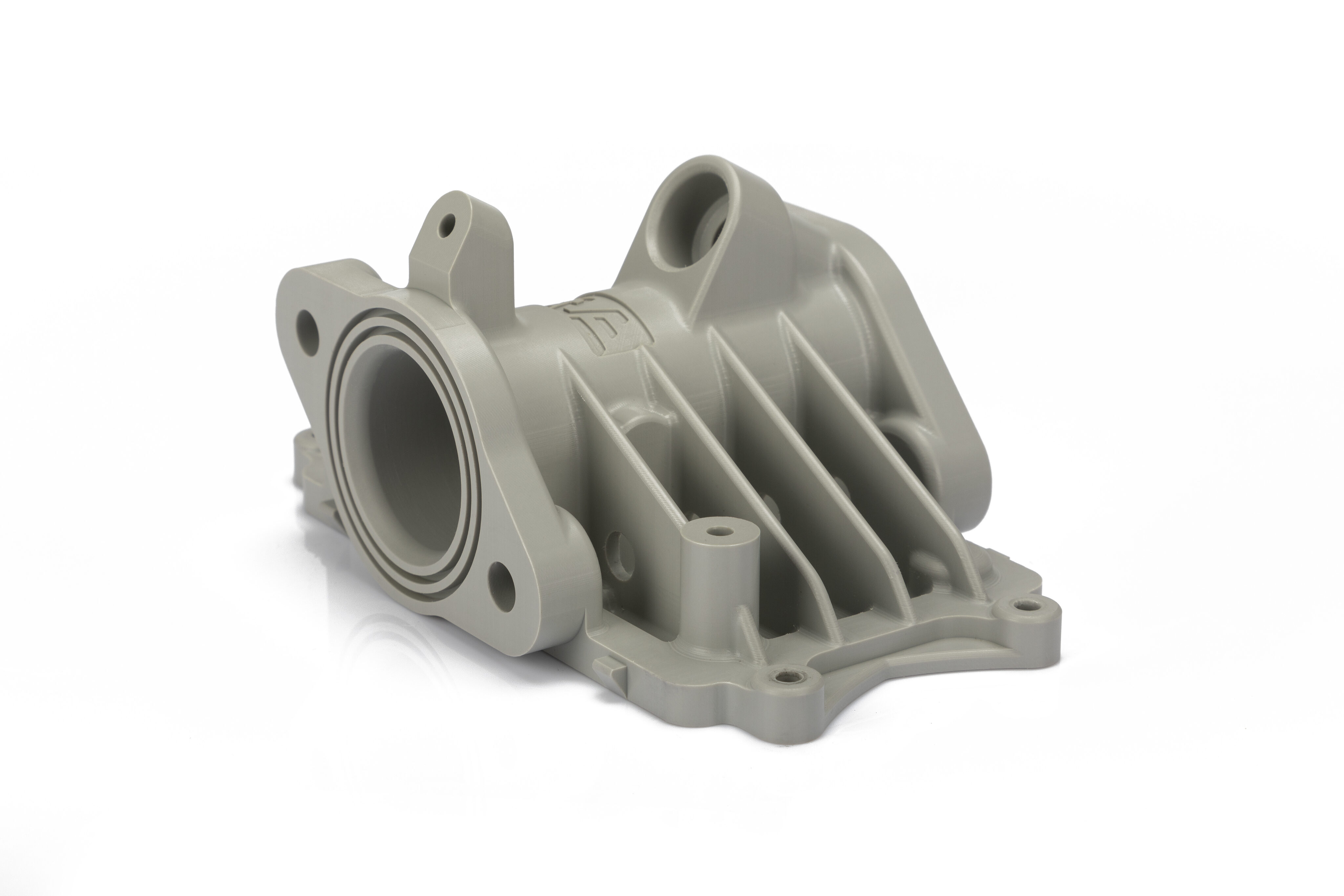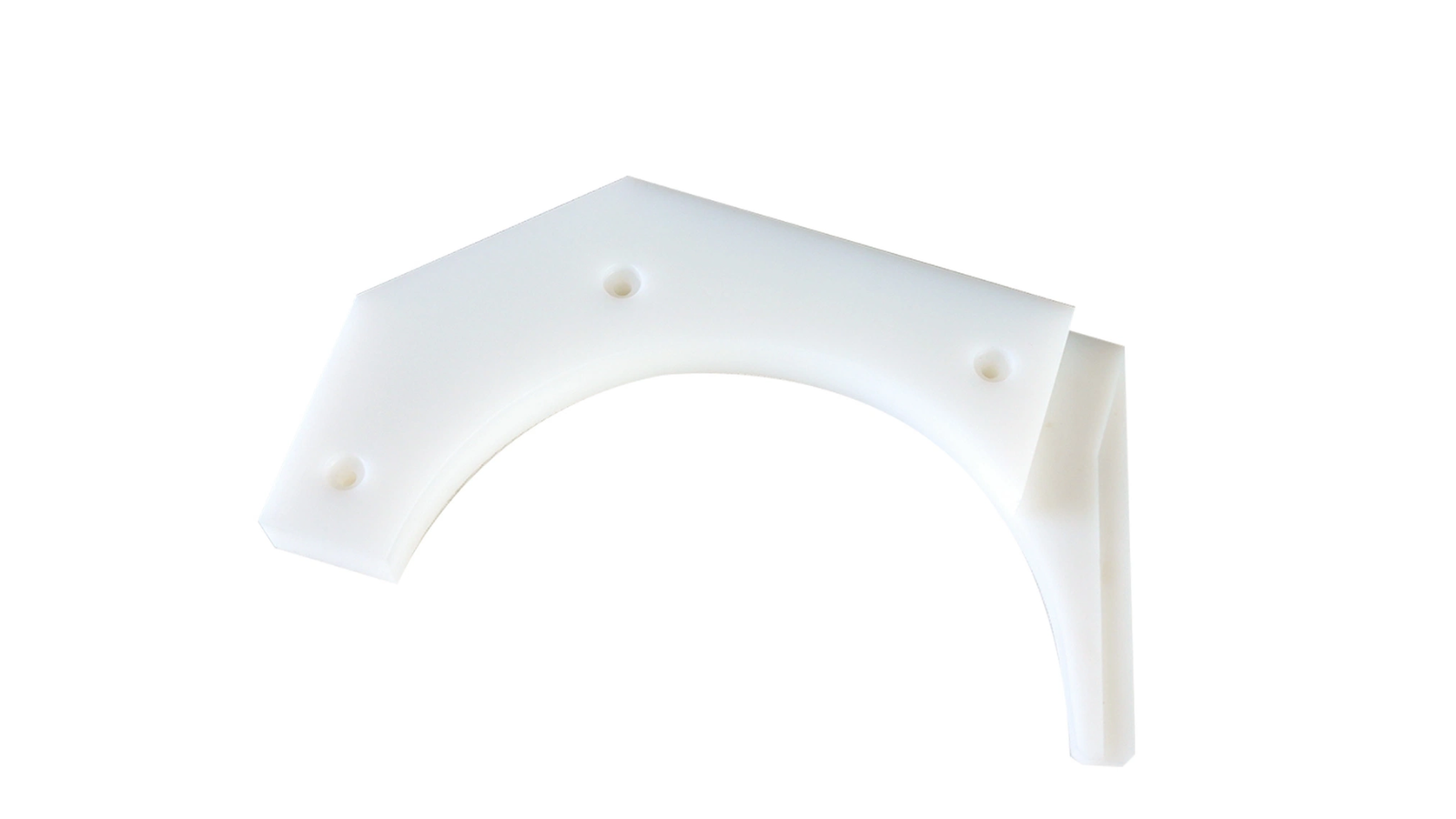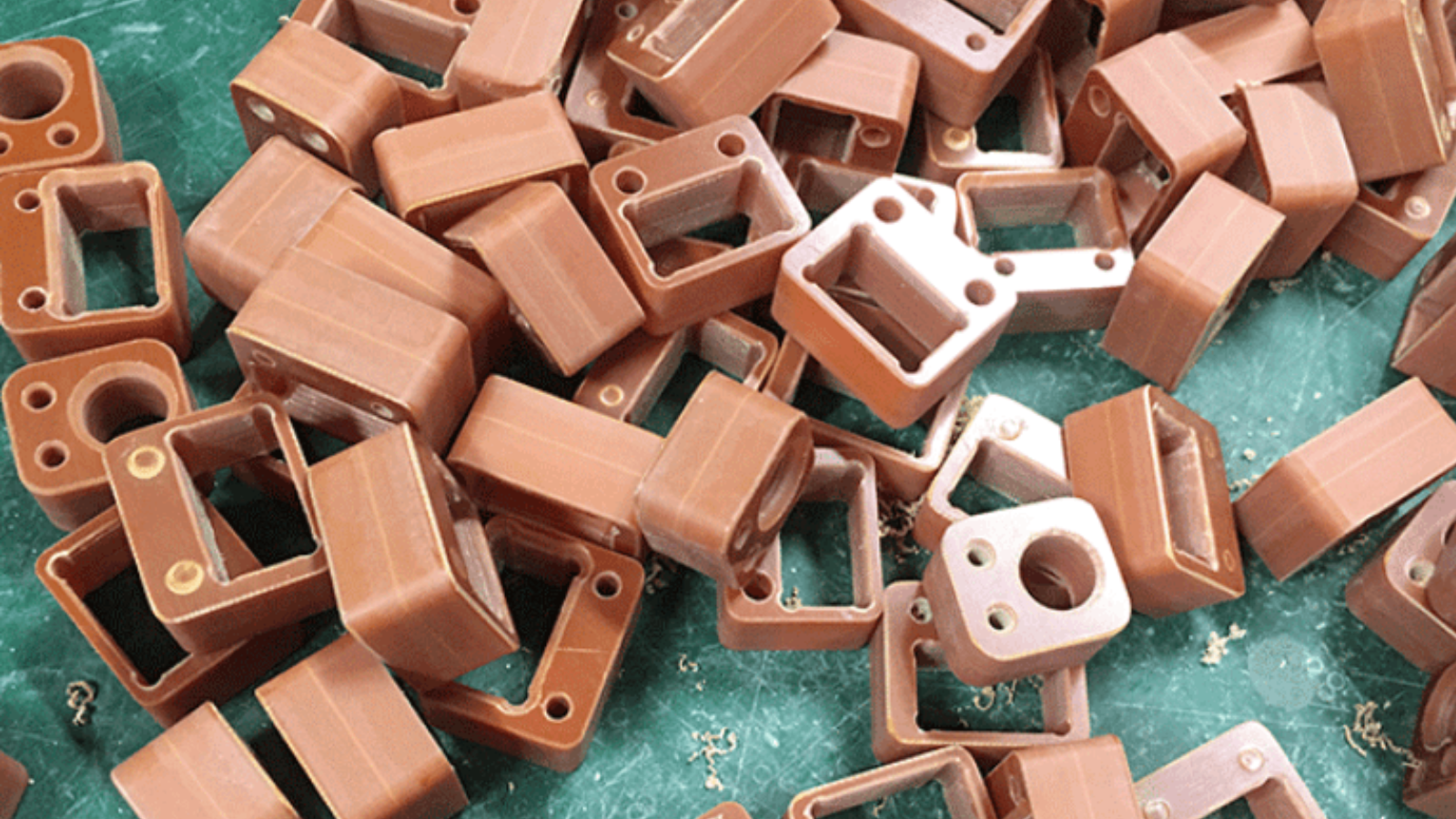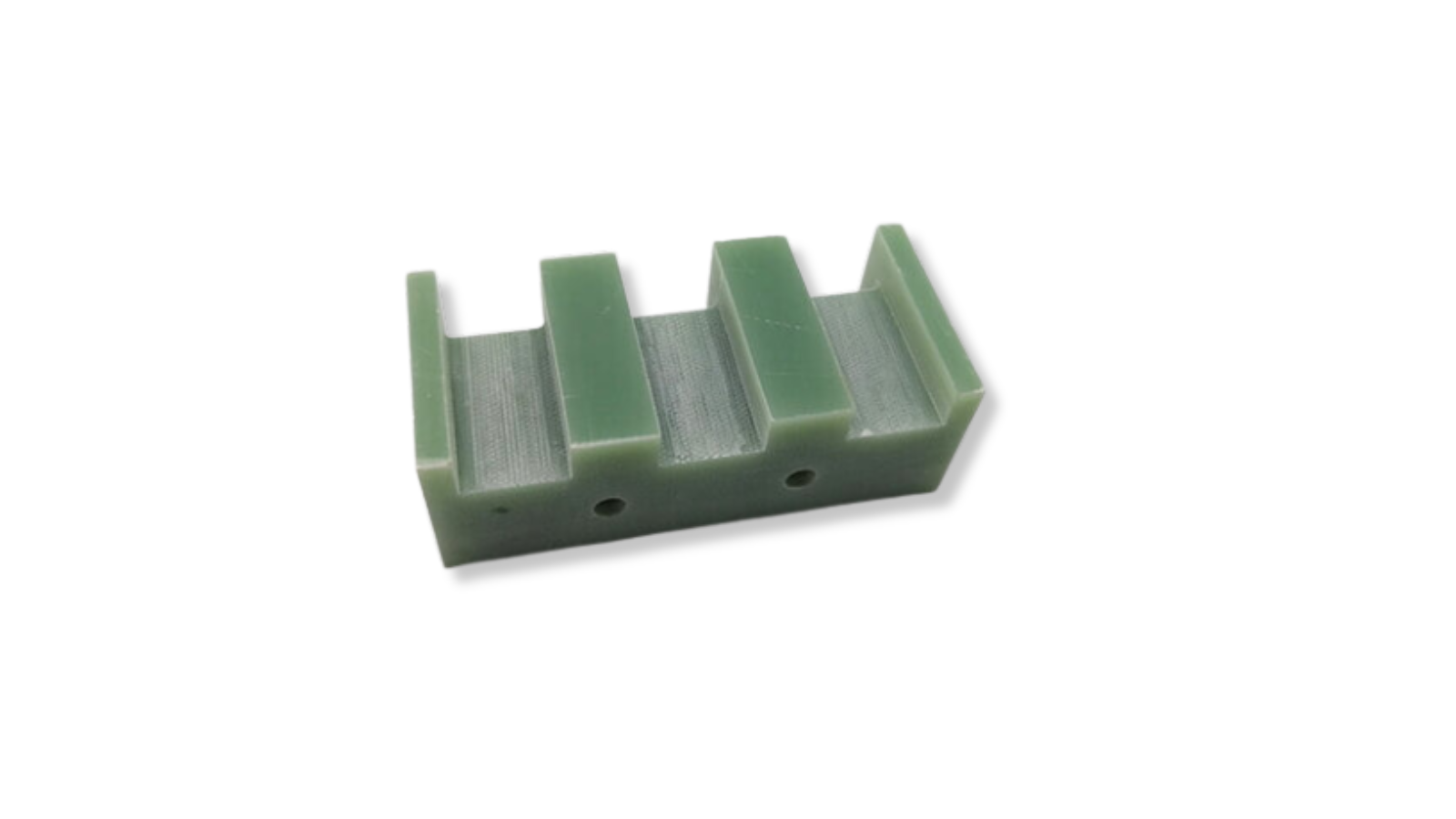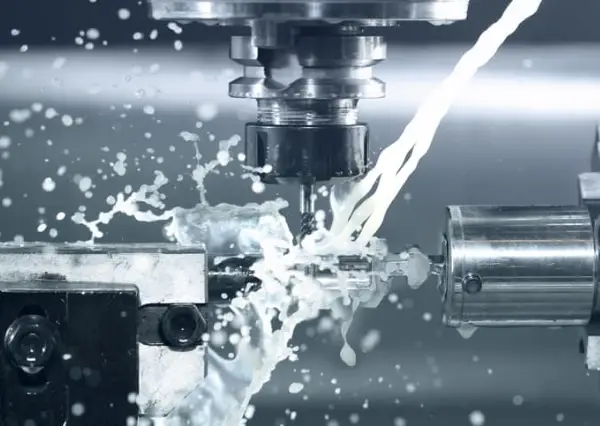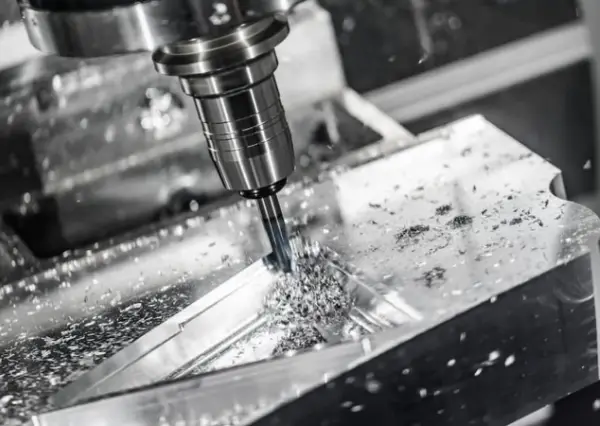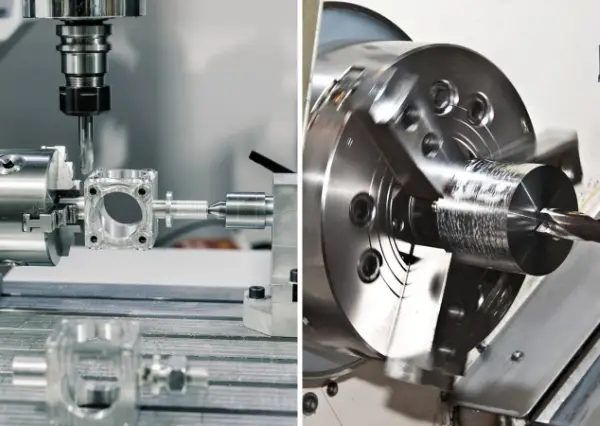Custom Online CNC Milling Services
Start A New CNC Quote



Online CNC Milling Services for Custom Parts

3-Axis CNC Milling
With 3-axis CNC milling, precision meets affordability. It’s your go-to for simple parts that still demand accuracy.

4-Axis CNC Milling
Think of a design, and 4-axis milling can probably make it. Multi-sided machining just got a whole lot simpler.

5-Axis CNC Milling
For those complex and intricate parts, 5-axis milling is the master key. Bring your most ambitious designs to life.
RapidDirect
CNC Machining Solutions
Rapid Prototyping
Accelerate product development with our rapid CNC machining services. We offer fast turnaround times and specialize in quick production of high-quality prototypes and mold tooling, aiding your design verification process.
Low and High-Volume Production
Whether you need small batches or large-scale production, we can offer you both. With stringent tolerance controls and comprehensive capabilities, we adapt to your volume requirements without compromising on quality.
CNC Milling Materials
Aluminum is lightweight yet strong, with excellent machinability and corrosion resistance. Ideal for aerospace and automotive parts, our aluminum CNC milling service ensures precise and high-quality machining tailored to your specific needs.
Alloys
Aluminum 6061, 6061-T6
Aluminum 2024
Aluminum 5052
Aluminum 5083
Aluminum 6063
Aluminum 6082
Aluminum 7075, 7075-T6
Aluminum ADC12 (A380)
Copper is known for its superior electrical conductivity and thermal properties, making it perfect for electrical components and heat exchangers.
Alloys
Copper C101(T2)
Copper C103(T1)
Copper C103(TU2)
Copper C110(TU0)
Beryllium Copper
Brass is durable and has a low friction coefficient, which makes it suitable for fittings, tools, and musical instruments that require precision.
Alloys
Brass C27400
Brass C28000
Brass C36000
Bronze is highly resistant to corrosion and metal fatigue, favored for bearings, bushings, and marine hardware.
Alloys
Tin Bronze
Steel is an alloy with high tensile strength and durability, commonly used in construction and automotive industries for its robustness.
Alloys
Steel 1018, 1020, 1025, 1045, 1215, 4130, 4140, 4340, 5140, A36
Die steel
Alloy steel
Chisel tool steel
Spring steel
High speed steel
Cold rolled steel
Bearing steel
SPCC
Stainless steel is renowned for its corrosion resistance, making it a prime choice for medical devices and food processing equipment.
Alloys
Stainless Steel SUS201
Stainless Steel SUS303
Stainless Steel SUS 304
Stainless Steel SUS316
Stainless Steel SUS316L
Stainless Steel SUS420
Stainless Steel SUS430
Stainless Steel SUS431
Stainless Steel SUS440C
Stainless Steel SUS630/17-4PH
Stainless Steel AISI 304
Magnesium is the lightest structural metal, offering high strength-to-weight ratios, perfect for automotive and aerospace applications where weight is critical.
Alloys
Magnesium Alloy AZ31B
Magnesium Alloy AZ91D
Titanium boasts the highest strength-to-density ratio among metals, highly resistant to corrosion and fatigue, ideal for aerospace, medical, and marine applications.
Alloys
Titanium Alloy TA1
Titanium Alloy TA2
Titanium Alloy TC4/Ti-6Al 4V
ABS is strong, durable, and offers good resistance to heat and impact. It’s preferred for automotive components and consumer goods.
ABS Beige(Natural)
ABS Black
ABS Black Antistatic
ABS Milky White
ABS+PC Black
ABS+PC White
Polycarbonate is extremely durable and has high impact resistance, along with excellent clarity, used for bullet-proof glass and protective gear.
PC Black
PC Transparent
PC White
PC Yellowish White
PC+GF30 Black
PMMA, or acrylic, is known for its crystal clarity and weather resistance, making it ideal for outdoor fixtures and display cases.
PMMA Black
PMMA Transparent
PMMA White
POM is strong, with a low friction surface and good dimensional stability, perfect for precision parts in mechanical applications.
Dark brown (coffee) POM 100AF
POM Black
POM Blue
POM White
Nylon is versatile, strong, and wears well against friction, commonly used for gears, bearings, and other wear-resistant surfaces.
PA(Nylon) Blue
PA6 (Nylon)+GF15 Black
PA6 (Nylon)+GF30 Black
PA66 (Nylon) Beige(Natural)
PA66 (Nylon) Black
Polyethylene is lightweight and has high resistance to impact, widely used in packaging and containers.
PE Black
PE White
PEEK is renowned for its high temperature resistance and strength, often used in aerospace and medical implant manufacturing.
PEEK Beige(Natural)
PEEK Black
Polypropylene is tough, has excellent chemical resistance, and is used for automotive parts, containers, and in packaging.
PP Black
PP White
PP+GF30 Black
HDPE is known for its high strength-to-density ratio, resistance to impacts, and is used in making bottles and corrosion-resistant piping.
HDPE Black
HDPE White
HIPS is easy to machine and offers good dimensional stability and impact resistance, suitable for prototyping and modeling.
HIPS Board White
LDPE is soft, flexible, and used in applications where heat sealing is required, such as in tubing and plastic bags.
LDPE White
PBT is a strong, rigid plastic that is heat resistant and commonly used in electrical components and casings.
PBT Black
PBT Milky White(Natural)
PPA offers high heat resistance and stiffness, ideal for automotive and electrical applications that require durability at high temperatures.
PAI has exceptional thermal and chemical stability, used in high-performance parts in aerospace and automotive sectors.
PAI Brown
PET is strong, resistant to moisture and chemicals, and widely used in food containers and textile fibers.
PET Black
PET White
PET+GF30 Black
PET+GF30 White
PPS features outstanding chemical and heat resistance, suitable for automotive and aerospace components.
PPS Black
PPS White
PPS+GF30 Black
PPS+GF30 White
Polystyrene is lightweight and easy to machine, used for models, prototypes, and low-strength applications.
PS Transparent
PVC is robust, cheap, and has good chemical resistance, used in plumbing, medical devices, and cables.
PVC Grey
PTFE is known for its outstanding chemical resistance and low friction, making it perfect for non-stick coatings and gaskets.
Teflon (PTFE) Black
Teflon (PTFE) White
UPE has extremely long chains, resulting in a very tough material, ideal for high-abrasion applications like lining chutes.
UPE Black
UPE White
Bakelite is heat resistant and electrically non-conductive, perfect for electrical insulators and radio and telephone casings.
Bakelite Black
Bakelite Orange
FR-4 is a flame-resistant material, primarily used in the electronics industry for circuit boards and insulators.
FR-4 Aqua Green
FR-4 Yellow
CNC Milling Surface Finishes
Gain access to quality surface finishing for custom CNC milled parts to remove aesthetic flaws and improve the appearance of your products. We also provide rigid protection and additional resistance and strength to your parts through superior surface finishes.
Polishing

Tolerances for
CNC Milling
RapidDirect ensures precision with our CNC Milling Tolerance standards. We commit to exact measurements, benefiting clients with consistent, high-quality results, optimized for search visibility. Our standard tolerances for CNC milled metals are ISO 2768-m and ISO 2768-c for plastics.
| 3-Axis | 4-Axis | 5-Axis | |
|---|---|---|---|
| Maximum Part Size | 1000 x 500 x 500 mm | 1000 x 500 x 500 mm | 4000×1500×600 mm |
| Minimum Part Size | 5 x 5 x 5 mm | 5 x 5 x 5 mm | 5 x 5 x 5 mm |
| General Tolerances | ±0.1 mm | ±0.05 mm | ±0.1 mm |
| Lead Time | Delivery of simple parts can be as fast as 1 day. | 5 bussiness days for most projects. | 5 bussiness days for most projects. |
CNC Milling
Design Guidelines
| Recommended Size | |
|---|---|
| Radii | Internal radii should be at least 1/3 of the cavity depth. Use larger radii whenever possible. |
| Threads and Tapped Holes | Diameter Φ 1.5-5 mm, depth: 3 times the diameter. Diameter Φ 5 mm or larger, depth: 4-6 times the diameter. RapidDirect can produce threads of any specification and size as required by the customer. |
| Minumum Wall Thickness | For metals: 0.8 mm; For plastics: 1.5 mm. Thicker walls ensure better structural integrity. |
| Text | CNC Milling: Minimum width of 0.5 mm and depth of 0.1 mm. RapidDirect can create standard text via CNC engraving or laser engraving as per customer requirements. |
| Holes | Minimum diameter of 1 mm. Hole depth should not exceed 4 times the diameter for best results. |
Start Your
CNC Machining Project
Start your project with our easy-to-use platform for CNC parts online quoting. Upload a CAD file to receive instant quotes, lead times, and DFM details for your CNC components. Specializing in CNC machining for metals and plastics, we offer adaptive production and shipping solutions to align with your product development needs.

Why
Choose Us
Parts
Experience unparalleled precision in each undertaking. Our advanced milling processes ensure components adhere to tight tolerances, as tight as ±0.01mm, resulting in seamless assembly and operational excellence.
Time
Accelerate your manufacturing cycle. RapidDirect domestic workshops and state-of-the-art machinery guarantee fast turnaround times, helping businesses maintain momentum and meet critical deadlines.
Support
No matter you whenever and whereever, navigate your CNC milling projects with confidence. Our seasoned specialists offer insightful guidance at every step, maximizing design optimization and output quality.
How CNC Milling Works?
CNC milling is a precise manufacturing process that involves removing material from a workpiece using rotating cutting tools. The process begins with a digital design, typically created in CAD software. This design is then converted into a CNC program, which dictates the movements of the milling machine.
The workpiece is securely fastened to the machine’s table, and the cutting tool, mounted on a spindle, rotates at high speeds. The machine follows the programmed path, making precise cuts to shape the material into the desired form. CNC milling can create complex shapes and features, such as slots, holes, and contours, with high accuracy.
Three-axis milling moves the tool along the X, Y, and Z axes. Four-axis milling adds rotation around one axis, while five-axis milling allows rotation around two axes, enabling more intricate designs. This versatility makes CNC milling essential in various industries, from aerospace to medical devices.

Advantages of CNC Milling
CNC milling offers numerous advantages for manufacturing:
- High Precision: CNC milling machines can produce parts with very tight tolerances, ensuring high accuracy and consistency in every piece.
- Complex Geometries: With the ability to move in multiple axes, CNC milling can create intricate and complex shapes that are difficult or impossible to achieve with manual machining.
- Efficiency: Automated operation allows for continuous production, reducing lead times and increasing productivity. Multiple parts can be produced with minimal downtime.
- Flexibility: CNC milling can work with a wide range of materials, including metals, plastics, and composites. This versatility makes it suitable for various applications.
- Repeatability: Once a design is programmed, the machine can reproduce identical parts over and over, ensuring uniformity and reducing the risk of human error.
- Cost-Effective: While the initial setup can be expensive, the efficiency and precision of CNC milling reduce overall production costs, especially for large quantities.
- Safety: CNC machines operate with minimal human intervention, reducing the risk of accidents and enhancing workplace safety.
Applications of CNC Milling
CNC milling is widely used to produce a variety of precision parts and components:
- Engine Components: Used in the manufacturing of engine blocks, cylinder heads, and pistons, ensuring high performance and durability in automotive and aerospace industries.
- Gear Components: Essential for producing gears, splines, and shafts with tight tolerances, used in machinery and automotive applications.
- Medical Implants: Creates precise and high-quality implants such as hip joints, dental implants, and surgical screws for the medical field.
- Electronic Housings: Produces enclosures for electronic devices, ensuring proper fit and protection for circuit boards and components.
- Custom Prototypes: Allows for the rapid development and testing of prototypes, helping designers refine their products before mass production.
- Tooling and Dies: Essential for creating molds, dies, and cutting tools used in various manufacturing processes.
- Complex Aerospace Parts: Used for producing turbine blades, brackets, and other intricate parts that require high precision and strength.
FAQs
At RapidDirect, we have a variety of CNC milling machines to meet diverse manufacturing needs. Our inventory includes 3-axis, 4-axis, and 5-axis CNC milling machines.
The 3-axis machines are perfect for simple operations, handling basic cutting tasks along the X, Y, and Z axes.
Our 4-axis machines add an extra rotational axis, allowing for more complex geometries and more efficient production of parts with features that require continuous machining around a fourth axis.
Finally, our advanced 5-axis CNC milling machines offer the highest level of precision and versatility, enabling the creation of intricate parts with complex shapes and angles.
These machines are capable of machining in five different axes simultaneously, reducing the need for multiple setups and ensuring exceptional accuracy and quality in every component we produce.
RapidDirect offers comprehensive CNC milling capabilities tailored to various industry needs. We can machine parts with maximum dimensions of 4000 x 1500 x 600 mm and minimum dimensions of 5 x 5 x 5 mm, accommodating a wide range of project sizes. Our milling machines can work with various materials, including metals, plastics, and composites. We achieve tight tolerances, typically ±0.01 mm for 5-axis milling, ensuring precision and consistency. Our lead times are competitive, ranging from 3-7 days for simpler 3-axis tasks to 7-14 days for more complex 5-axis projects. We also provide additional services such as surface finishing, heat treatment, and quality inspection to ensure that every part meets the highest standards of quality and performance.
CNC milling and CNC turning are both subtractive manufacturing processes, but they differ in how the material is removed.
In CNC milling, the workpiece is stationary, and the cutting tool moves across multiple axes to remove material and create the desired shape. This process is ideal for complex parts with various features such as slots, holes, and contours.
On the other hand, CNC turning involves rotating the workpiece while a stationary cutting tool removes material. This method is best suited for producing cylindrical parts, such as shafts, rings, and bolts. While milling can handle more complex geometries, turning is typically faster and more efficient for producing round parts.
CNC milling and CNC routing both involve cutting materials using computer-controlled machines, but they serve different purposes.
CNC milling machines are designed for precision work with metals, requiring high rigidity and the ability to handle significant cutting forces. They are used for producing intricate and complex parts with tight tolerances.
CNC routers, however, are typically used for softer materials like wood, plastics, and composites. They operate at higher speeds and are ideal for cutting larger sheets into parts with less emphasis on precision. Routers often feature a gantry-style design, allowing for quick and efficient handling of large workpieces, while milling machines focus on detailed, accurate machining.
When a 3D model or drawing does not specify a particular fillet size, standard practice is to add fillets with a radius that balances strength and machinability.
Typically, fillets with a radius of 1/3 to 1/5 of the cavity depth are added. For general purposes, a fillet radius of around 1 mm to 3 mm is commonly used. This size helps to reduce stress concentrations and improve the overall durability of the part.
However, the exact size can vary based on the material being used and the specific requirements of the part. Larger fillets are often preferred for softer materials, while smaller fillets may be used for harder materials to ensure structural integrity without compromising precision.
CNC Milling
Resources
now, for free
